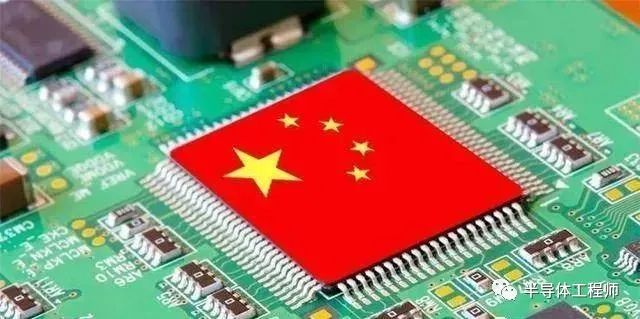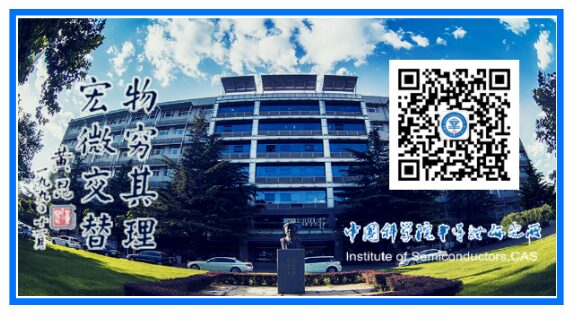Source: Semiconductor Engineer
Original Author: Chip Failure Analysis
Chips are key components in electronic devices, providing various capabilities and performance for different electronic devices. The diversity of chip functions enables rapid advancements in modern technology, allowing continuous innovation and upgrades of various electronic products. Below are some common chip functions and their application areas.

1. Processor Chips
Processor chips are one of the core components of electronic devices, responsible for executing computer program instructions and controlling the operation of computers. Processor chips are widely used in various smart terminal devices such as computers, smartphones, and tablets. With technological advancements, processor chips are continuously upgraded, improving computing power, power consumption, and performance.
2. Storage Chips
Storage chips are used for storing data, possessing functions for reading, writing, and erasing data. The application range of storage chips is extensive, including personal computers, smartphones, cameras, flash drives, and more. Storage chips have been continuously evolving, with increasing capacity, faster speeds, and higher storage density.
3. Sensor Chips
Sensor chips are used to measure and perceive external environments, capable of converting various physical quantities into electrical signals, such as temperature, humidity, pressure, and light. Sensor chips are widely applied in fields such as automotive, smart homes, and medical devices, providing us with a more intelligent, convenient, and comfortable life. With the rise of artificial intelligence and the Internet of Things, the demand for sensor chips will continue to grow.
4. Wireless Communication Chips
Wireless communication chips are used for wireless communication, providing connections between devices such as smartphones, televisions, and in-car navigation systems and wireless networks. The functions of wireless communication chips include modulation and demodulation, signal encoding and decoding, and frequency selection, enabling real-time communication and high-speed data transmission. Wireless communication chips play a crucial role in the era of mobile internet.
In summary, the diversity of chip functions makes our lives smarter, more convenient, and more comfortable. Various chip functions, such as processor chips, storage chips, sensor chips, and wireless communication chips, work together to form the core components of various electronic devices. With continuous technological progress and innovation, chip functions will become increasingly powerful, bringing more convenience and enjoyment to our lives.
Editor: Six Yuan Fish
